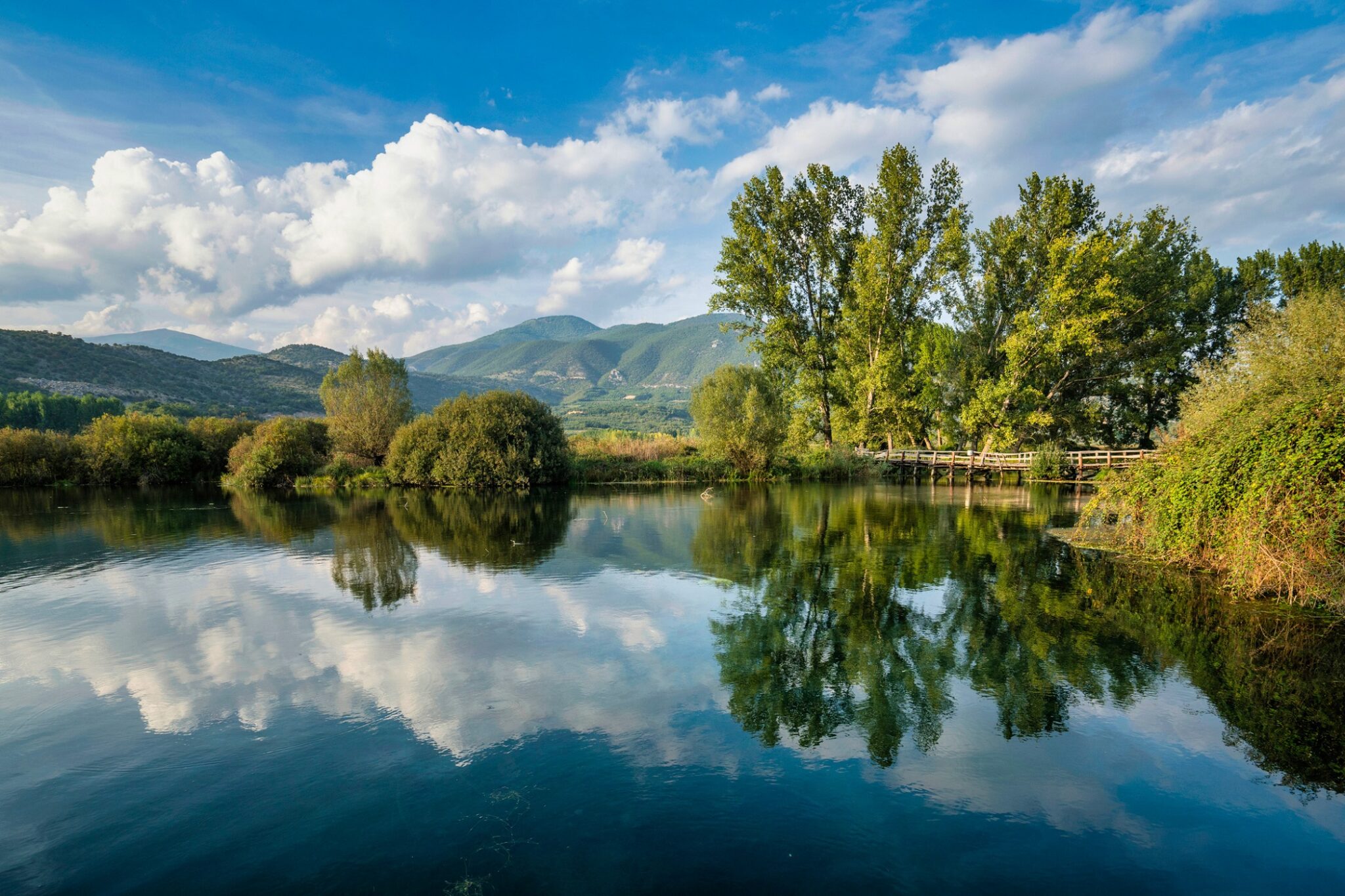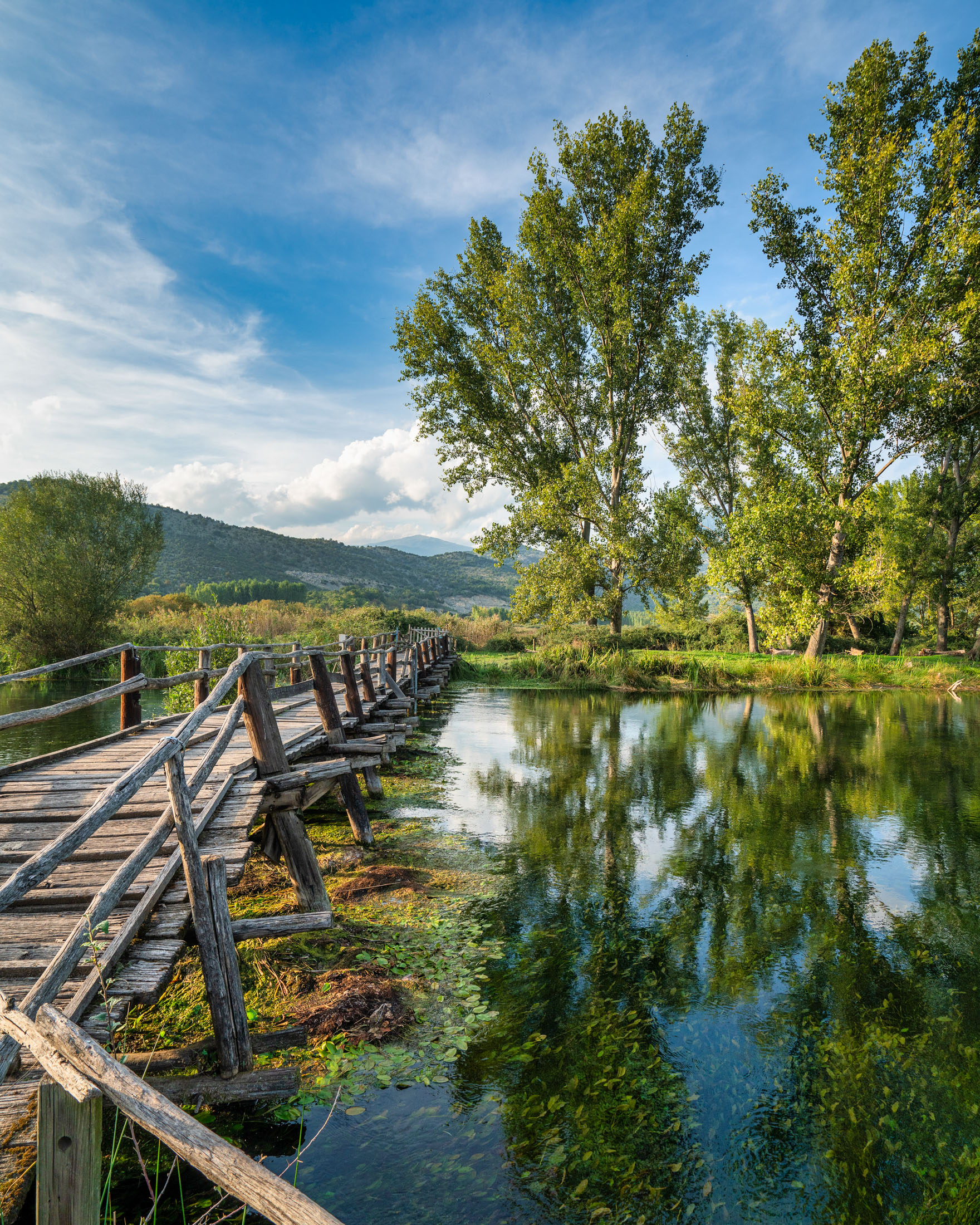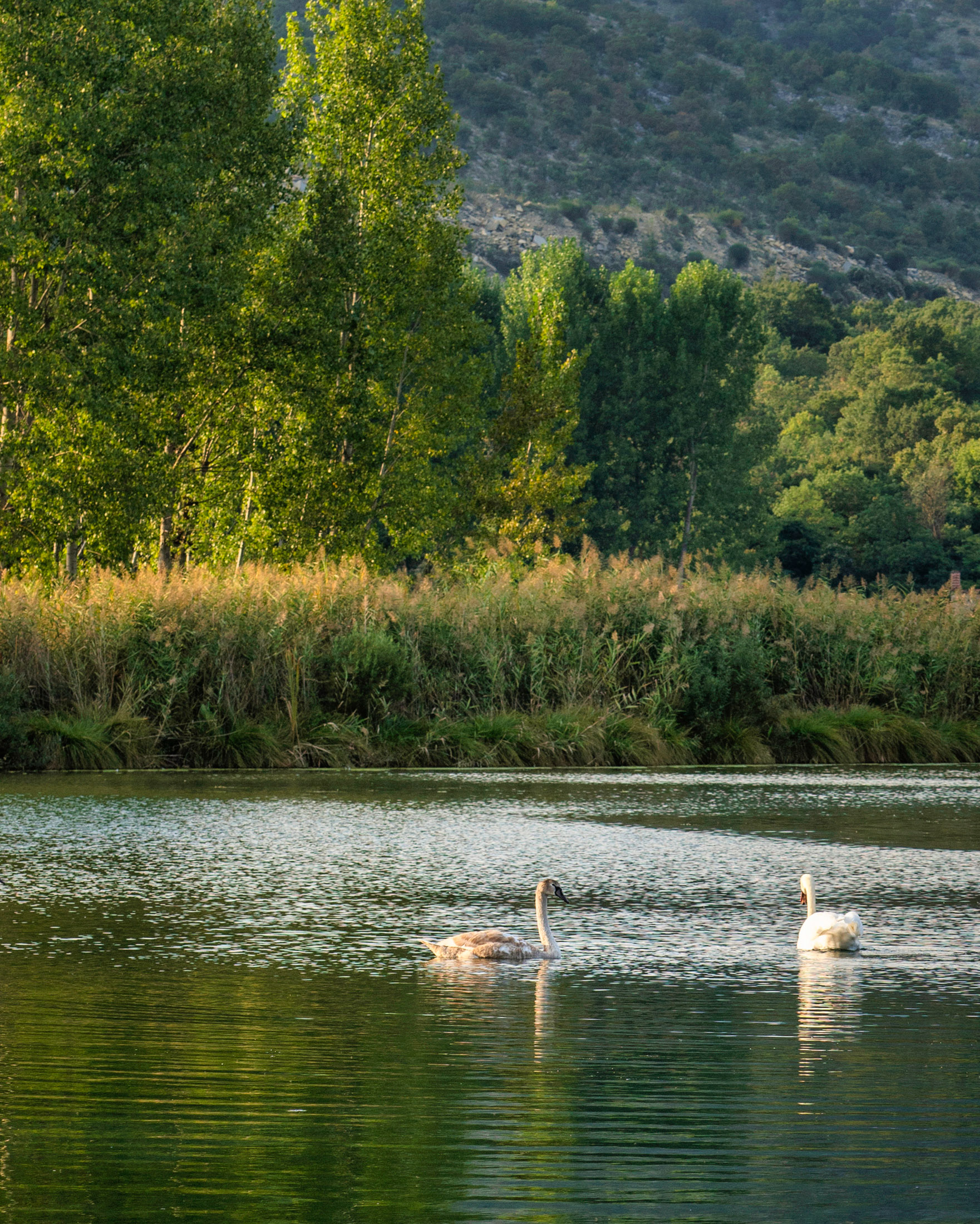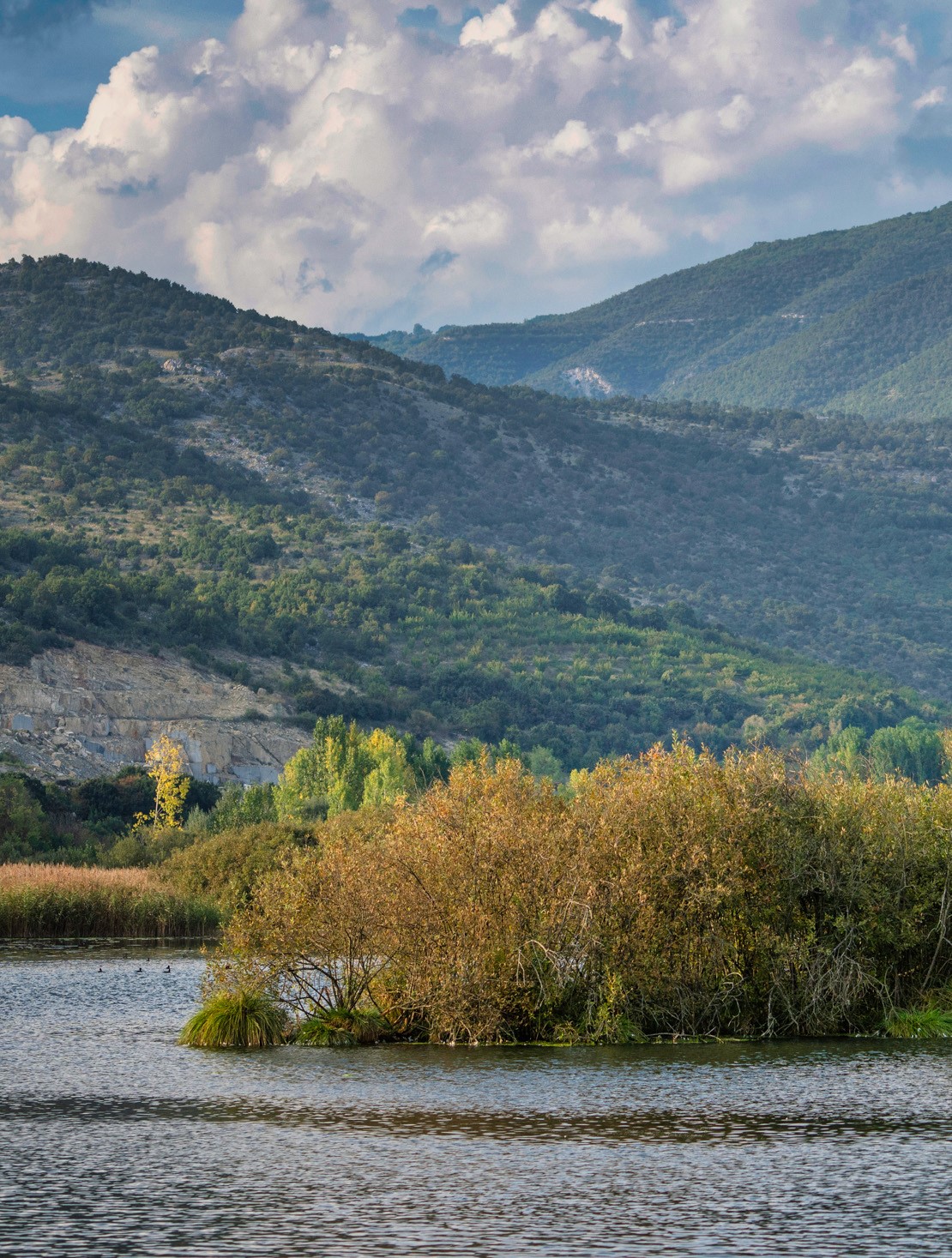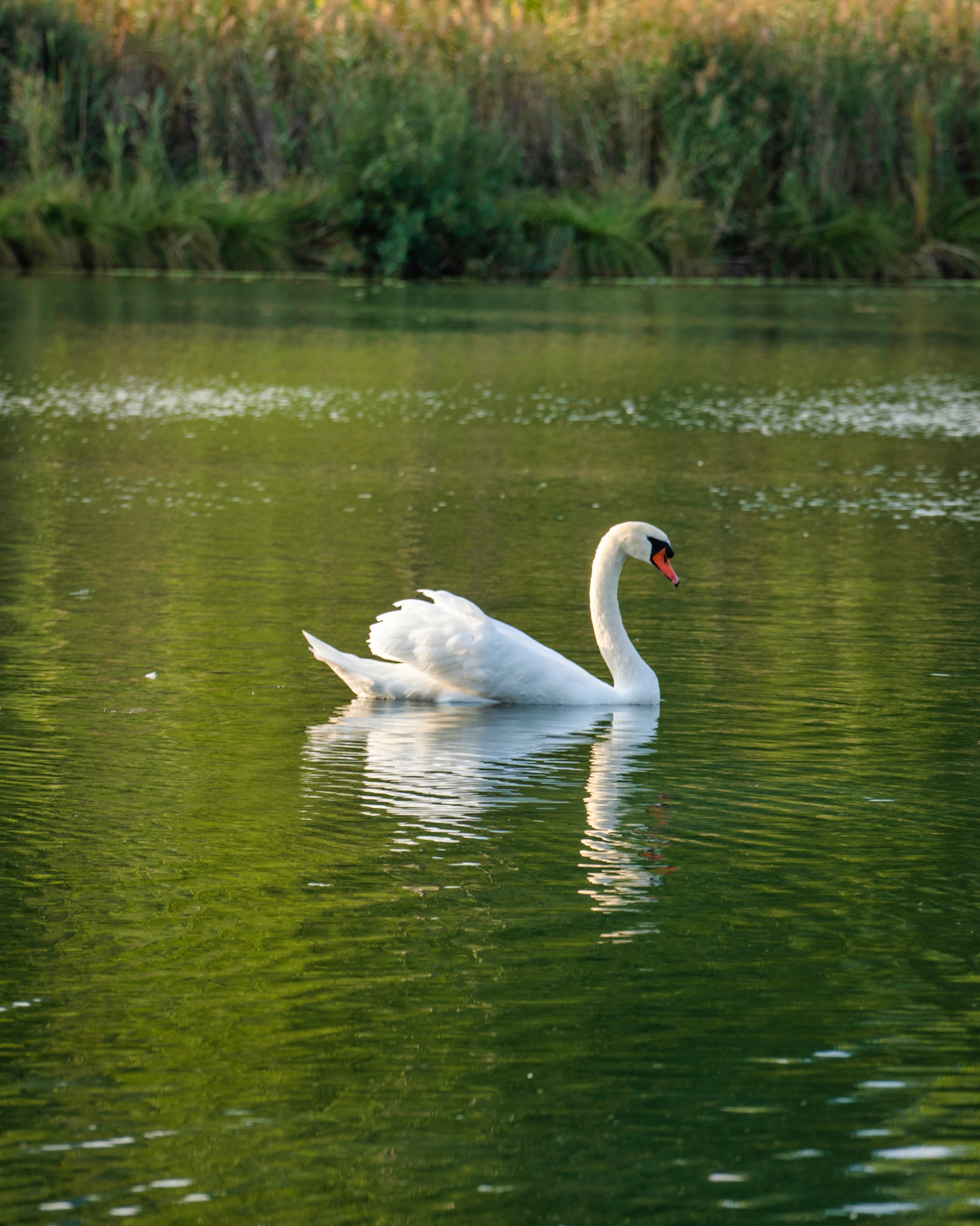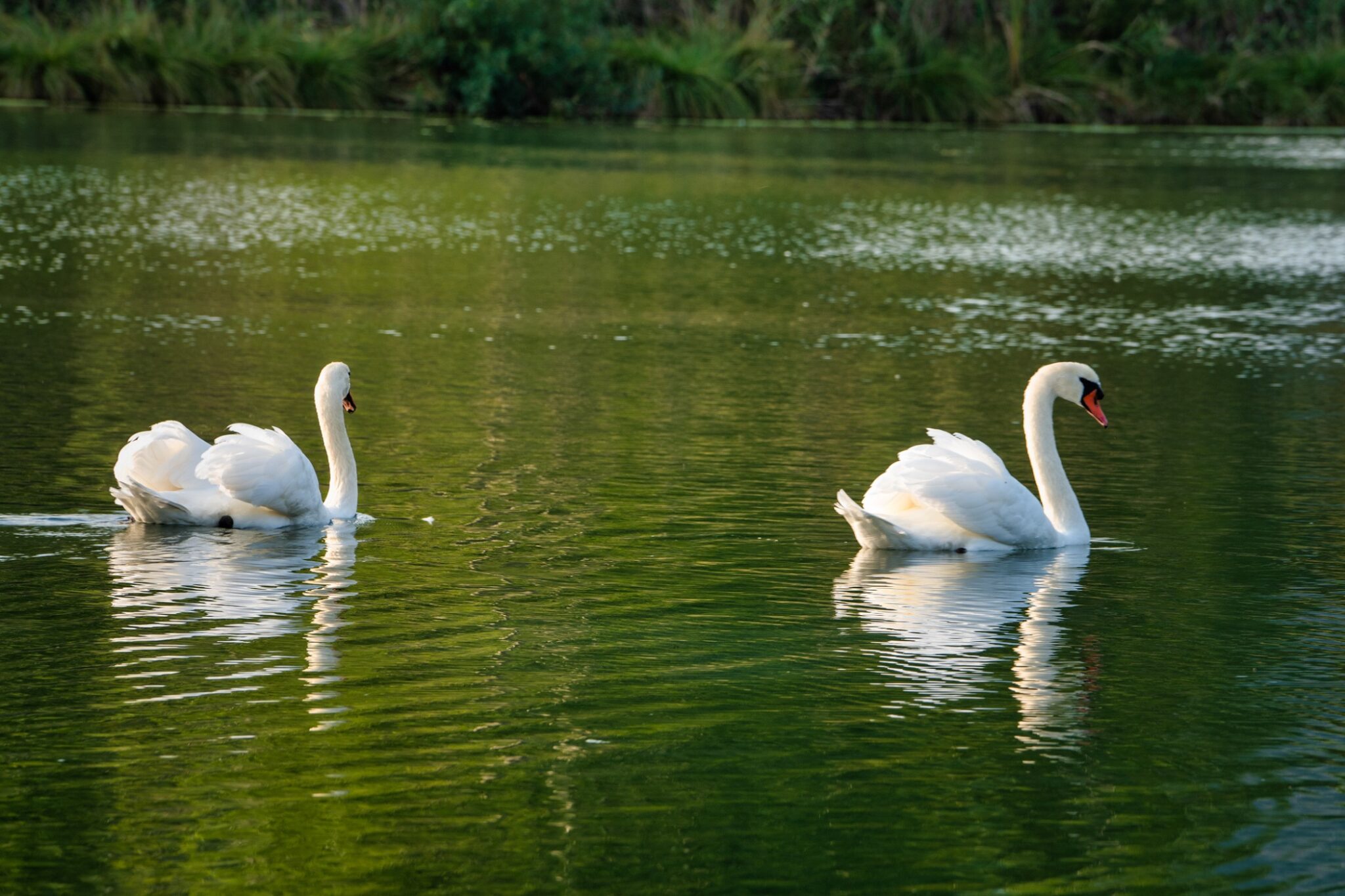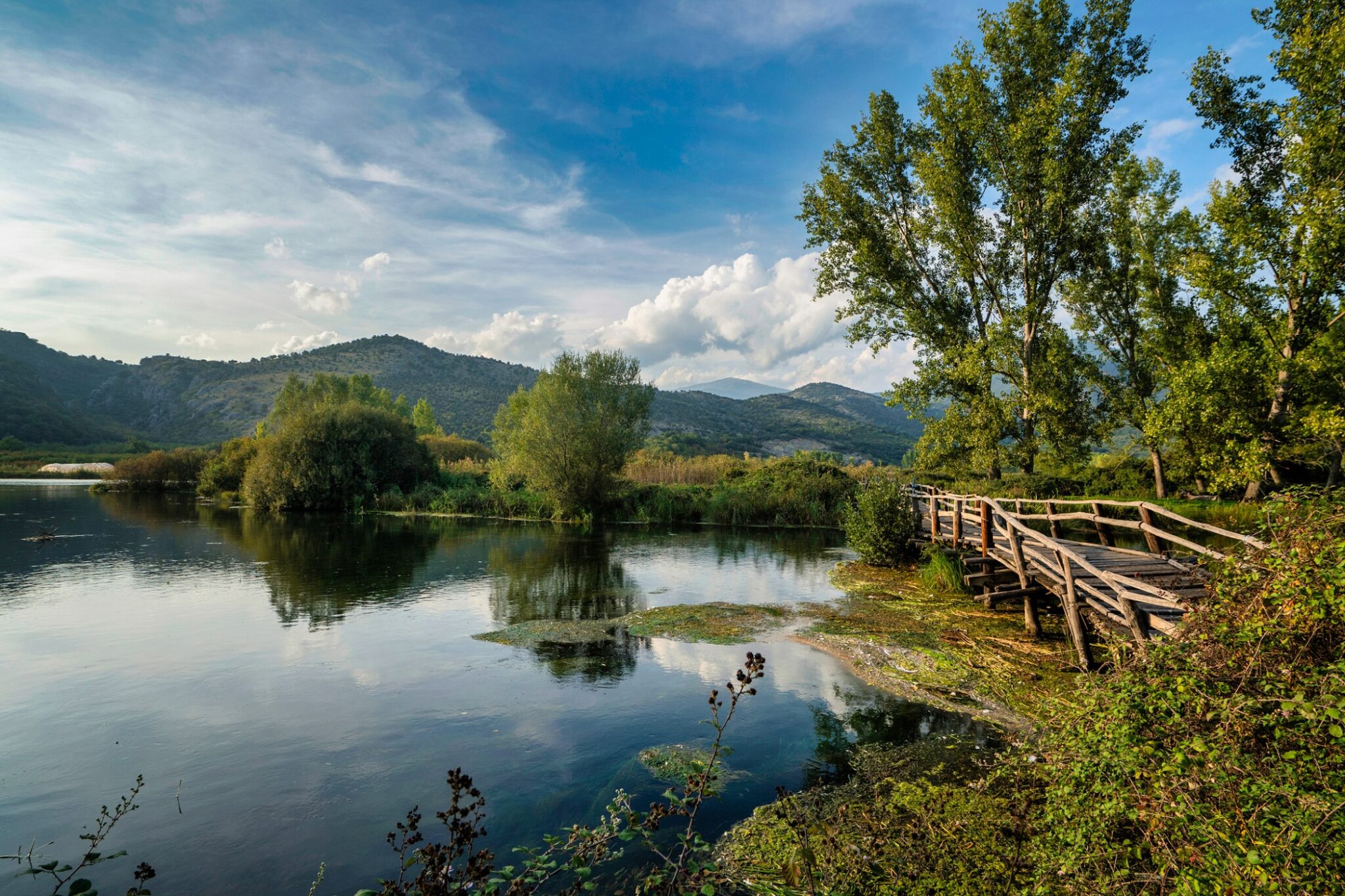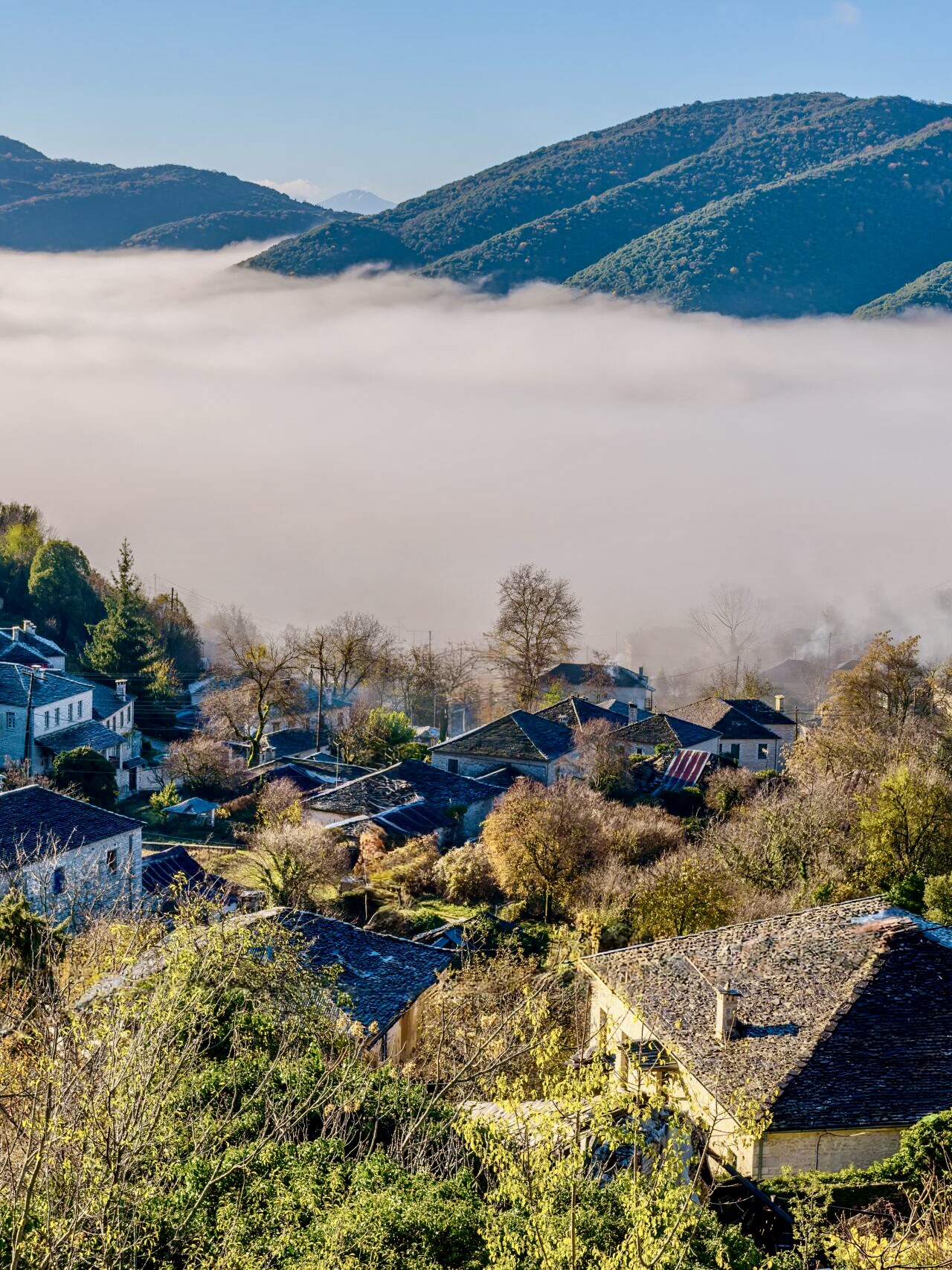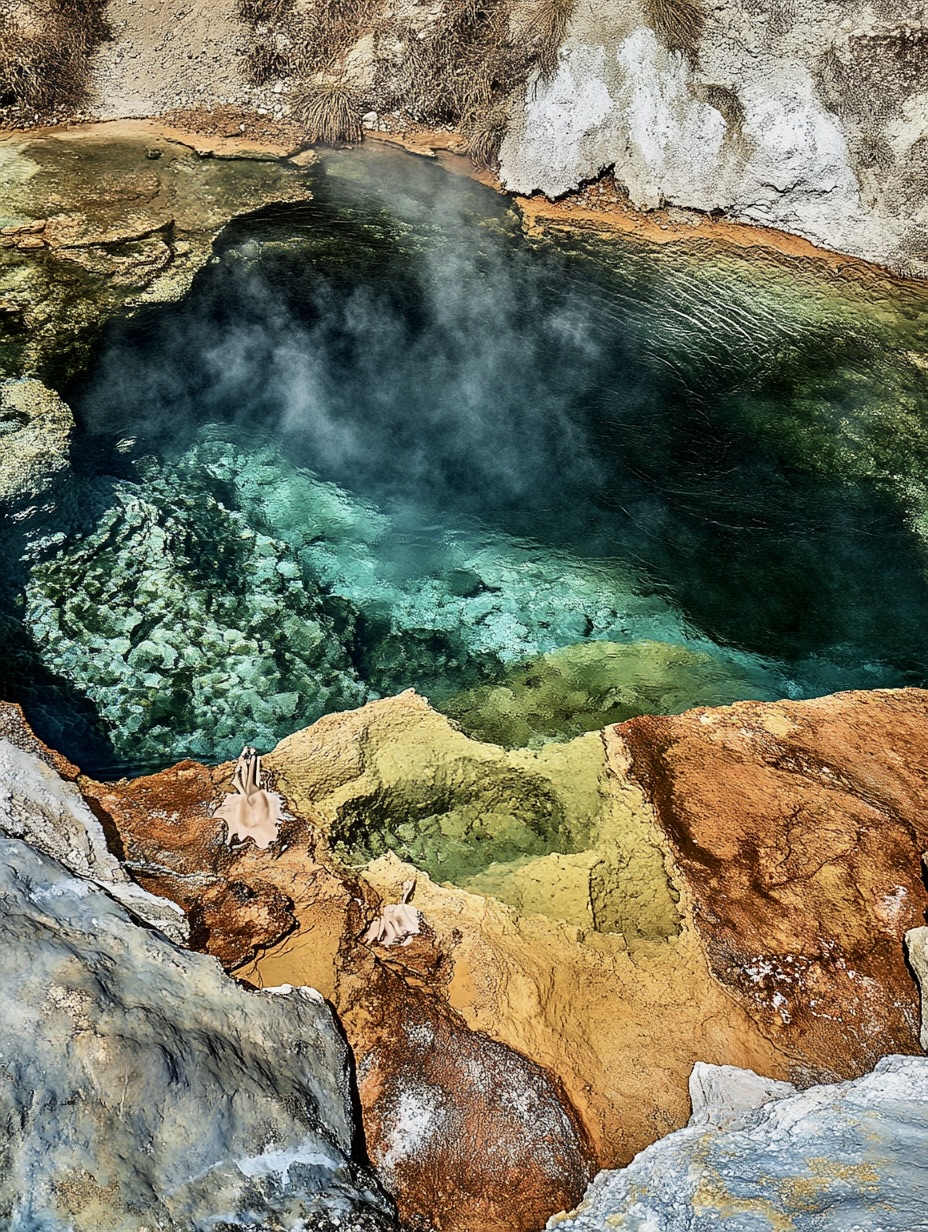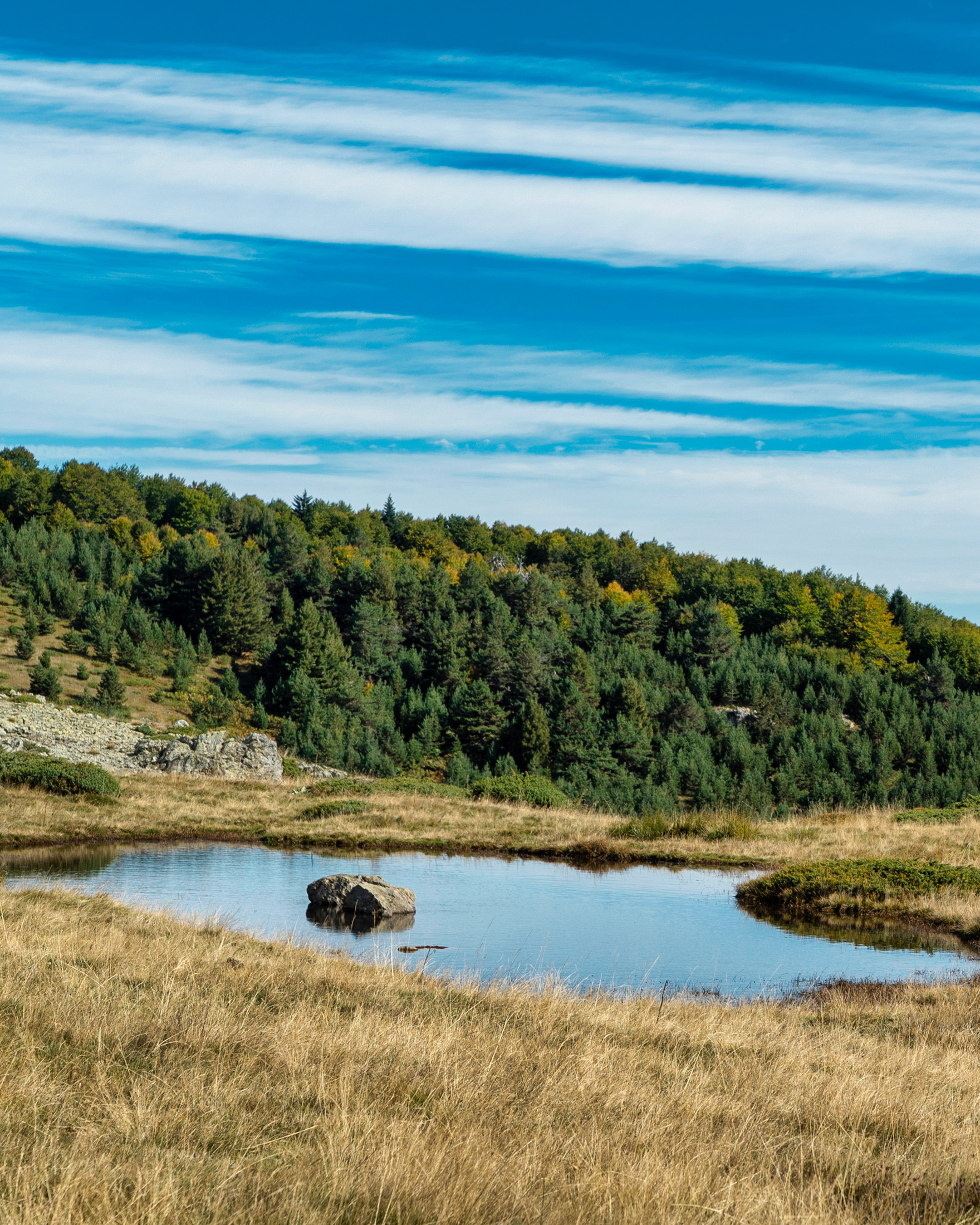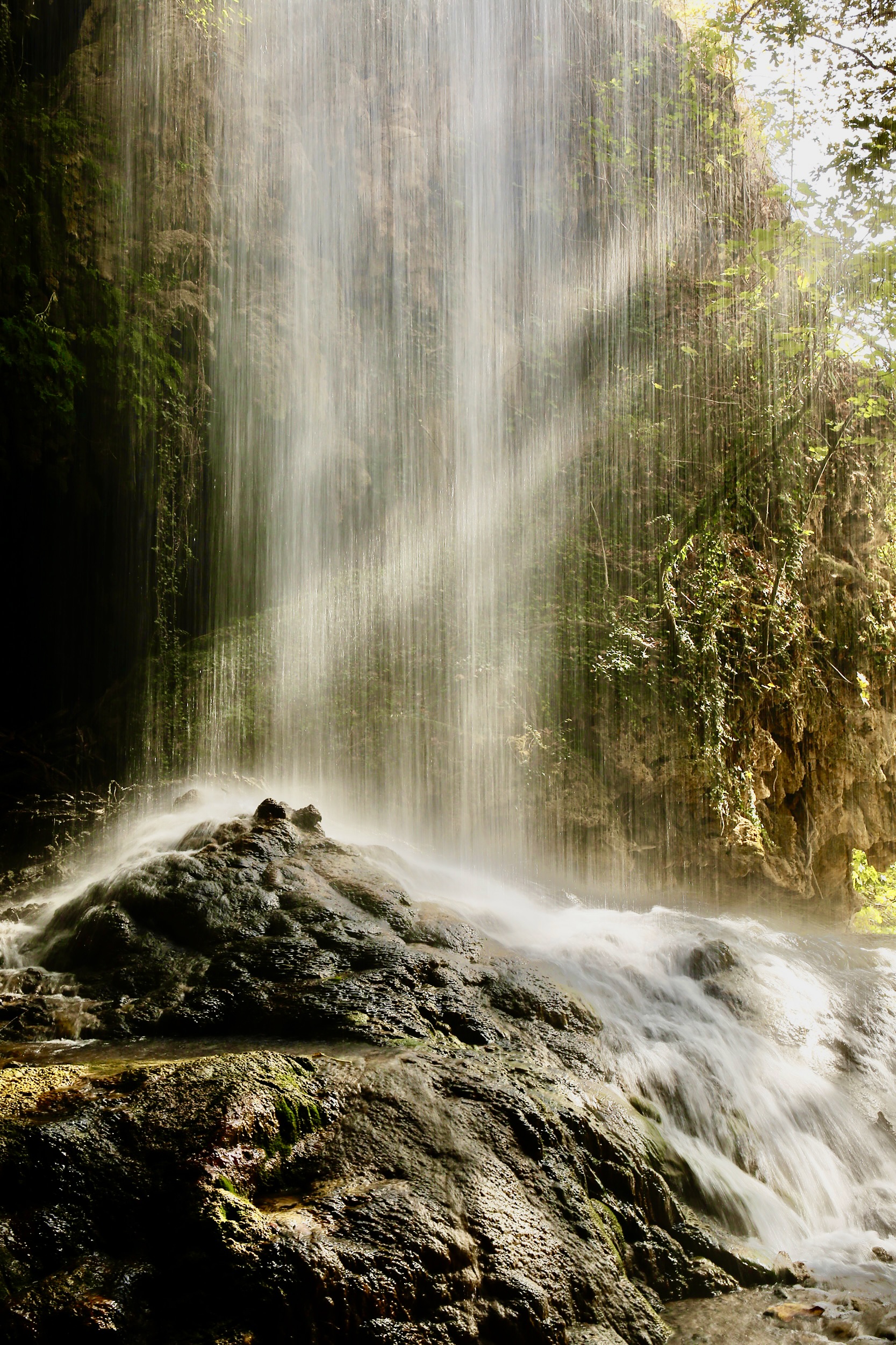Although this area is quite beautiful, it’s not very well-known to most people. Up until now, it has mostly been discovered by those who have ventured off the beaten path and explored the mountainous terrain of central Macedonia beyond the more popular tourist spots. The name of the area is sometimes a source of confusion, as some refer to it as Agra and others as Agras. This is because the lake is named after the nearby village of Pella, which is called Agras. The masculine name is in reference to the famed Macedonian gladiator Tellos Agra, whose story was popularized in the Greek novel ‘In the Secrets of Valtos’ (1937) by Penelope Delta.
While it could technically be called ‘Lake Agras‘, the preference for colloquial language has led to it being referred to as “Agra”. Recently, there has been a trend towards referring to the area as “Lake Agra-Vryton-Nisi“. This more complex name reflects the expansion of the waters into the neighbouring settlements of Vryta and Nisi, creating a water unit. All three villages now work together to maintain the lake.
A delightful lake and an important wetland
Agra is classified as a semi-natural lake because human activities have contributed to its formation. Originally, the area was a natural peat bog, which is a wetland made up of dead plant material. It was also called “tirfonas Nisiou” or “the Nisi peat bog“. There was also a nearby marsh called the Tiavo marsh. However, in 1953, the Greek electricity board (PPC Group) intervened and created a hydroelectric power station there. This caused the peat bog and marsh to be replaced by a lake formed in the bed of the Voda (or Edessaion) river. The lake was called “artificial lake Agra”. Until 1990, it was fed by a tunnel from Lake Vegoritida, located further west on the border between Pella and Florina. Now, the lake is fed by the springs of Nissi and Vrytton, to which the (seasonal) waters of the Karydia and Mouzarem Hani torrents are added.
Agra is located at an altitude of 470 meters, with Mt Kaimaktsalan in the north and Mt Vermio in the south. Covering an area of 5,972 hectares and with a perimeter of approximately 18 km, it has been officially recognised as an area of “outstanding natural beauty” and is also part of the European Natura 2000 network. Agra is a place of great ecological value and is considered one of the most important wetlands in Greece.
The landscape is a mix of meandering channels, springs, reed beds and wet meadows, creating a diverse and unique picture that sets it apart from other wetlands in Greece. The flora in the area is dominated by reeds and rushes, while willows, poplars, plane trees, oaks, chestnuts and cherry trees (mostly towards the village of Nisi, in the north-east) grow around the banks. Water lilies, Potamogeton perfoliatusta, yellow irises, orchids, crocuses, and an endemic species of astragalus are also abundant.
Agra Lake is an important habitat for bird life, with approximately 250 different species residing there permanently or temporarily according to ornithologists. It is home to an abundance of Mute swans, to the extent that some refer to the lake as ‘Swan Lake‘. Rare bird species, such as black grouse, black kites, and eagle owls, reside in its most inaccessible parts. Visitors can observe a range of bird species, including silver pelicans, herons, storks, Cetti’s warblers, hawks, snake eagles, alcyons, turtle doves, grosbeaks, and rooks.
Beyond bird life, in Agra is also home to several types of freshwater turtles, tree frogs, salamanders, lake frogs, snakes, muskrats, and hawks can be found, while on the outskirts you may also see foxes, wolves, and occasionally even some (very rare) jackals. However, underwater life also presents great interest, even if it is considered rather poor compared to similar bodies of water. You will find fish such as the bleak and the gudgeon, but the presence of freshwater crayfish, which are native to the area, is considered the most distinctive. For many years, they were a primary source of livelihood for the inhabitants of the surrounding villages, but their numbers have now decreased. As a replacement, a population of similar crayfish from North America has been introduced.
How to get to Agra
Although as mentioned above the region of Agra is not widely known, access to it by road is very easy, as it is only six kilometres from Edessa. In fact, there is a circular road that surrounds the lake, and those who love hiking will find a few paths that will lead them into the depths of the nearby forest. Next to the waters, on the road leading to Florina, you will see the specialized Information Center of the Municipality of Edessa, where you can fully orient yourself before trying to venture into the watery landscape and/or the surrounding area.
Locals organize boat tours that are worth the effort and are particularly preferred by birdwatching enthusiasts. Next to the lake, you will also find options for food, with an emphasis on local cuisine and the catches provided by the waters.
Read also:
Dobro Pole: The Pella Plateau with Dazzling Forests and Lagoons
The Fierce White Waters of Aspropotamos in the Heart of Greece
The Twin Waterfalls of Tzoumerka: A Spellbinding Aquatic View



